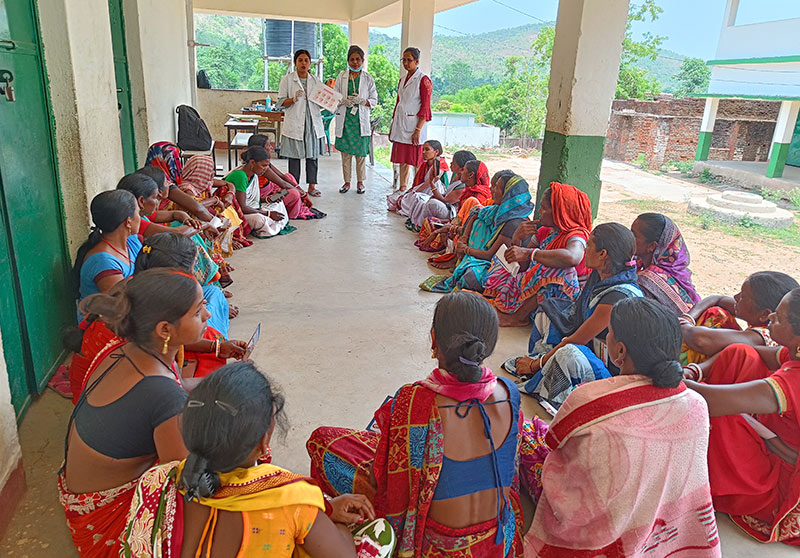Understanding the difference between lumps and cancer of the breast is key to early detection and treatment of the disease
It’s quite likely that most women between 20 and 50 years of age would experience a lump in their breast at some point during their life. An abnormal growth within the breast tissue, a lump could quite naturally scare a woman. However, this may not be a cause for worry as nearly 90% of such lumps are benign in nature, and not due to breast cancer.
Breast cancer lumps are mostly painless and are usually hard and may have an uneven shape. The size, consistency and shape of the breast could change, or the patient may notice discharge from the nipple. Uncommonly, the skin over the breast could appear reddened, dimpled or pitted (like the skin of an orange) Uncommonly If a lump persists beyond one or two months, it is advisable to visit a doctor and get it examined at the earliest.

Non-cancerous breast lumps could be classified as - fibroadenomas, fibrocystic breast conditions and cysts.
Fibroadenomas are the most common form of non-cancerous breast lumps, and most commonly found in women in their 20s and 30s. These lumps are painless, solid, smooth and firm and are rubbery. While most fibroadenomas needn’t be a cause for concern because they are painless, it is important to get a persistent lump evaluated by a doctor.
In case of Fibrocystic breast conditions, the breast feels lumpy, tender, and sore and the lumps blend into the surrounding breast tissue. If the pain persists and worsens over time or the lump becomes bigger, see a doctor immediately.
Cysts are small fluid-filled sacs that can develop in the breast, closer to the surface or deep in the breast tissue. Those closer to the surface appear like blisters, while the deeper ones would feel like hard lumps. Cysts do not require treatment unless they become large, painful and/or uncomfortable, over time.
Is breast pain a sign of cancer?
Women generally experience pain in their breast at some stage. This could be due to a variety of reasons – external injury, muscle strain, pre-menstrual symptoms or many other factors, which are easily treatable.
The most common type of breast pain is one related to menstrual cycles and changing hormone levels in a woman. It usually affects both breasts, intensifies during the two weeks leading up to the start of the menstrual period and then eases out.
Very rarely, it may be diagnosed as Inflammatory Breast Cancer (IBC), that could cause pain. This is an aggressive condition that needs urgent treatment.
The important thing to remember is that lumps or pain in the breast do not always mean you have breast cancer. But any pain or lump that persists or intensifies over a few weeks and interferes with your daily activities must be checked with a doctor for timely treatment. Early detection of cancer can save your life!
This article was first published on BW WELLBEING WORLD
We have updated our policy. By continuing to browse this website, you agree to our privacy policy and the use of cookies on the website.